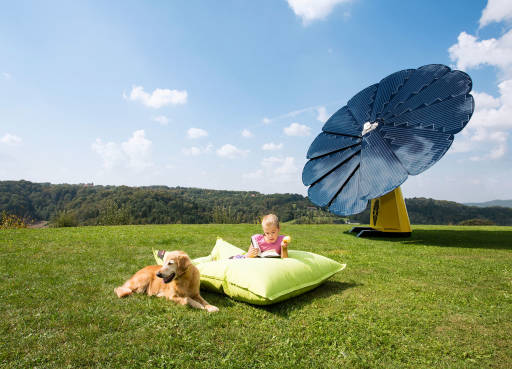The short answer:
Solar panels are made up of silicon solar cells that create electricity when sunlight hits them.
The long answer:
Here are 5 things to know about how solar panels work.
1: Solar cells are made of silicon
- Solar cells are those blue or black squares you see inside a solar panel.
- The same material that computer chips are made of (think "Silicon Valley")
- Silicon, not silicone :)
2: There are 2 main types of solar cells
- Polycrystalline: This means the solar cell is made up of many silicon crystals fused together. It's less efficient at converting sunlight (14%-16%).
- Monocrystalline: Industry standard today. When a solar cell is made of a single silicon crystal. It's the highest efficiency type of cell on the market at 17%-22% (and sometimes higher)!
3: A solar cell... is actually multiple layers of silicon!
- Let's imagine a solar cell as a "silicon sandwich". Picture a sandwich with two slices of bread and your favorite filling on the inside.
- The two slices of bread are slices of silicon.
- One of these layers (aka slices of bread) is negative and one of these layers is positive. Yum.
- Continue to #4!
4: The photovoltaic effect, explained
- When light (or photons) hits the silicon sandwich, electrons move from the negatively charged layer (aka bread slice) to the positively charged layer creating a flow of electricity.
- This electricity is then captured by a depletion layer (aka the sandwich's filling) & routed with wires to where it needs to go.
- Where does the electricity come from? Electricity is simply the movement of electrons! So the electrons existed there, we're using solar cells to move them.
- This is a simple explanation of the "photovoltaic effect". That's why solar panels are sometimes abbreviated as "PV".
5: No moving parts
- Solar is one of the only forms of energy that requires zero moving parts!
- You can learn all about how traditional power plants work here.
Important note: There are LOTS of exciting, different types of solar panels! From thin film to organic photovoltaics ... to even transparent solar cells! This post just covers the most common type. We'll cover those in future posts!
Science is the best.
Got a question or topic you want us to cover? Contact us.



